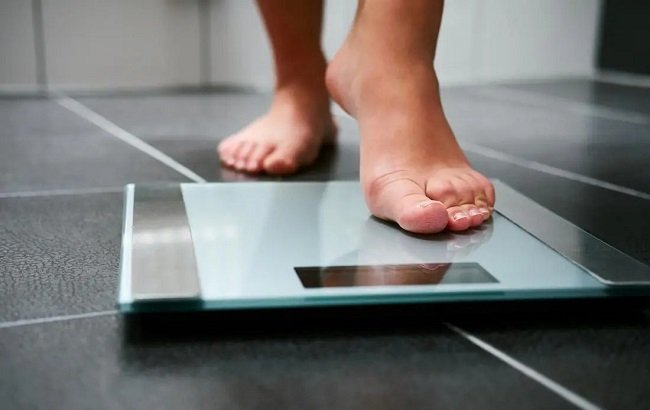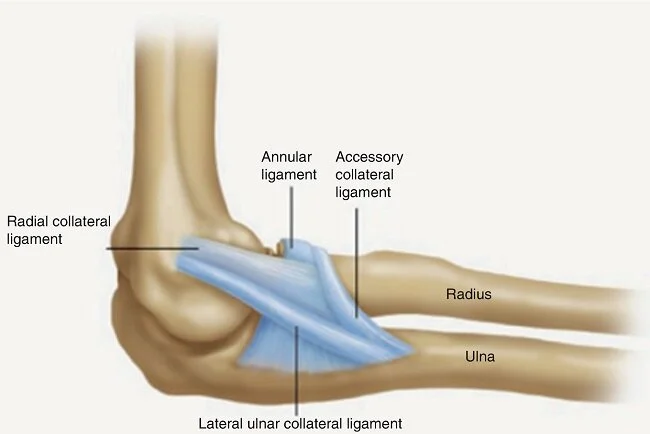Living With Chronic Pain
To begin with, I am not claiming to be living with “chronic” pain in this blog post. I am fully aware of the definition of the term and am fortunate that my current injury does not force me to endure such levels of discomfort. However, my recent experience has provided me with a new insight into something that most of us only notionally know about and have little or no true understanding. I believe I appreciate my Mother’s daily circumstances a lot better now (as well as several friends and colleagues who also live with chronic pain) and finally understand how debilitating both physically and mentally living in constant and acute pain can be. Hence I decided to write this piece. To share my experience with an injury that continuously hurts and to help inform others about the realities of living with chronic pain. Sometimes you need to experience something first hand to fully get the measure of it.
Approximately 8 weeks ago, I was vacuuming my Mother’s bedroom. I needed to move the bed to reach underneath it, so without thinking I grabbed the frame and lifted one end. This is the sort of thing you usually do without thinking because normally, a bed isn’t necessarily that heavy. However, on this occasion I forgot that this is a hospital bed which weighs over 170 lbs (77 kg). To cut a long story short I damaged my radial collateral ligament (RCL) in my left elbow. It hurts when I extend my arm or rotate my wrist. The pain is considerable and continuous. The only practical way to minimise this is to strap the joint tightly with a bandage or sports support and then use a sling with the left arm raised as high as possible. The doctor has recommended resting the limb for the immediate future. As a carer of two disabled parents that is not a viable possibility.
Being in constant pain to the degree that I currently experience is unpleasant and frustrating. The pain is sufficient to be ever present regardless of what activity you’re doing. The most innocuous action can sharply remind you of your injury, making the most mundane, everyday tasks problematic and irritating. Using cutlery is difficult at present. Trying to find a comfortable position to sleep is challenging. Washing and getting dressed takes twice as long as normal due to a new degree of self imposed caution. The net result of these factors is a change in mood and demeanour. It is difficult to be positive and upbeat when you are in pain. You also become aware that because of your mood it may be best to avoid other people. Now all of the above has been sufficient for me to stop and think. Imagine what day to day life is like for those who are experiencing a more intense and continuous level of pain?
My Mother will be 90 years old in October. She has ongoing Rheumatoid arthritis; an affliction that has plagued her since her late sixties. Her ankles, knees and hands are the most affected part of her body, although her shoulders and hips are getting progressively worse. To tackle the levels of pain that she faces each day she is currently prescribed transdermal patches containing 20 micrograms of Buprenorphine, that are changed weekly. These are supplemented with paracetamol. Both drugs combined simply diminish the pain and do not eliminate it. Due to her continual discomfort, lack of mobility and declining faculties, she is often morose and taciturn with a penchant for lachrymosity. It is only in recent weeks that I’ve come remotely close to fully understanding what she endures daily. So if you know anyone with a chronic and painful medical condition, who at times is a little cantankerous and curmudgeonly, think twice before judging them too harshly. Living with pain is a terrible burden from which there is often no respite. I wouldn’t wish it on my worst enemies.








